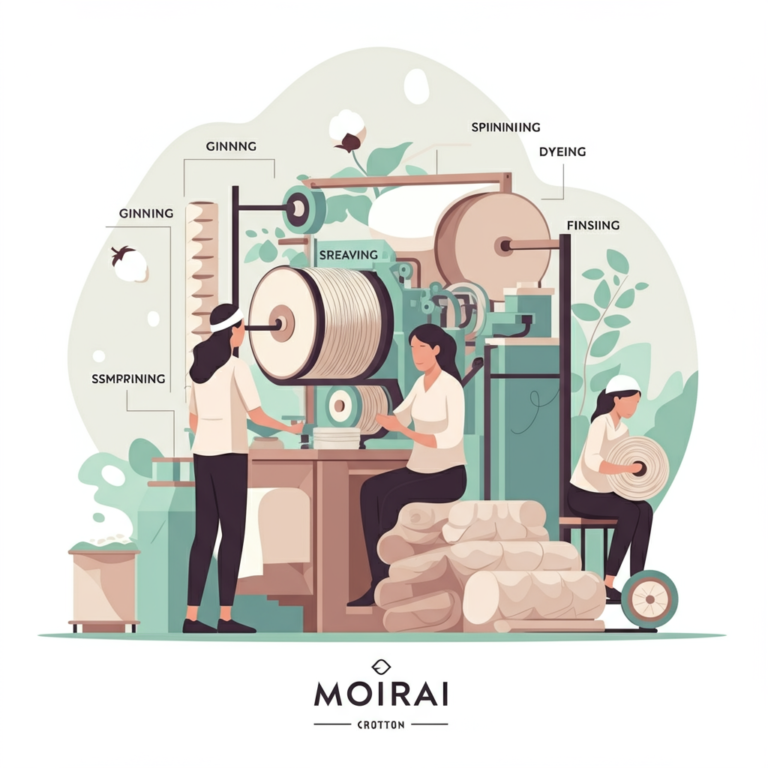The 2-Minute Rule for cotton
The 2-Minute Rule for cotton
Blog Article

The best stability of casual and traditional with an embroidered cross stitch pattern that’s timeless and adaptable.
The cultivation of cotton as well as familiarity with its spinning and weaving in Meroë arrived at a higher stage during the 4th century BC.
Offloading freshly harvested cotton into a module builder in Texas; Formerly constructed modules can be viewed inside the background
Handheld roller cotton gins were Employed in India since the sixth century, and was then introduced to other international locations from there.[28] Between the 12th and 14th generations, twin-roller gins appeared in India and China.
[40] The production of cotton, which can have mostly been spun in the villages and then taken to cities in the form of yarn to be woven into fabric textiles, was State-of-the-art because of the diffusion of the spinning wheel across India Soon before the Mughal period, decreasing The prices of yarn and serving to to enhance demand from customers for cotton. The diffusion from the spinning wheel, as well as incorporation of your worm equipment and crank handle in the roller cotton gin, triggered significantly expanded Indian cotton textile manufacturing over the Mughal period.[forty one]
Some clothes had been designed from fabrics determined by these fibers, for instance Gals's hosiery from nylon, nevertheless it was not until eventually the introduction of polyester into your fiber marketplace from the early fifties that the market for cotton came below risk.[ninety two] The immediate uptake of polyester clothes from the sixties caused economic hardship in cotton-exporting economies, particularly in Central American international locations, for instance Nicaragua, wherever cotton production had boomed tenfold in between 1950 and 1965 with the arrival of low-priced chemical pesticides. Cotton generation recovered within the seventies, but crashed to pre-1960 ranges during the early 1990s.[ninety three]
Cotton has long been genetically modified for resistance to glyphosate a broad-spectrum herbicide discovered by Monsanto which also sells a lot of the Bt cotton seeds to farmers.
The industry has long been buying technology and is additionally attempting to expand its potential to the strengthening of interactions with other sectors. Style and design and abilities also have arrive that will help Indian companies for strengthening their marriage with world-wide gamers.
On the other hand, the adoption of sustainable tactics is uneven across the globe, with issues remaining in locations with limited entry to means and engineering.
The way forward for the Indian textiles industry looks promising, buoyed by sturdy domestic consumption along with export demand from customers. India is working on a variety of major initiatives to boost its complex textile industry.
The general public sector work continues with the target to make a substantial-top quality, draft genome sequence from reads generated by all resources. The effort has created Sanger reads of BACs, fosmids, and plasmids, in addition to 454 reads. These afterwards sorts of reads are going to be instrumental in assembling an Preliminary draft of the D genome. In 2010, the businesses Monsanto and Illumina finished enough Illumina sequencing to address the D genome of G.
Cultivation of cotton using enslaved Africans as well as their descendants introduced substantial revenue on the entrepreneurs of large plantations, generating them some of the wealthiest Adult males in the country prior to the Civil War. While in the "absolutely free" states, farms hardly ever grew more substantial than what could be cultivated by one spouse and children on account of a scarcity of farm workers. During the slave states, entrepreneurs of farms could buy slave laborers and so cultivate massive parts click here of land. Through the 1850s, slaves designed up 50% with the populace of the most crucial cotton states: Ga, Alabama, Mississippi, and Louisiana.
The most crucial elements that establish the usefulness of any natural source are "people today", as only they've a chance to understand all substances as means.
India is the next largest silk producer (18% of the globe's silk output) of earth following China (70% of the global silk output and 90% of the entire world's silk exports). There are actually largely four varieties of silk versions produced by distinct species of silkworms specifically Mulberry, Eri, Muga, Tropical Tasar and Temperate Tasar.